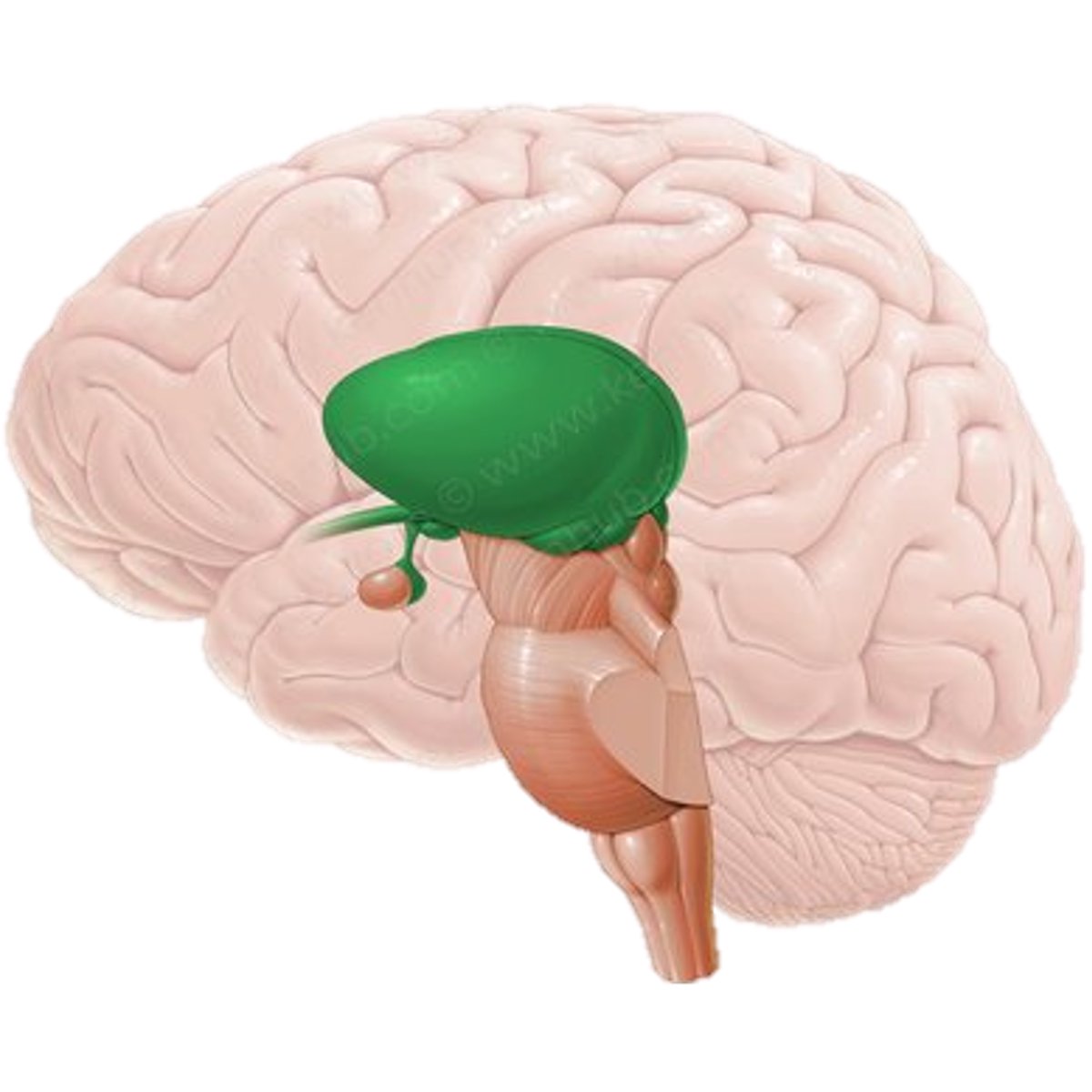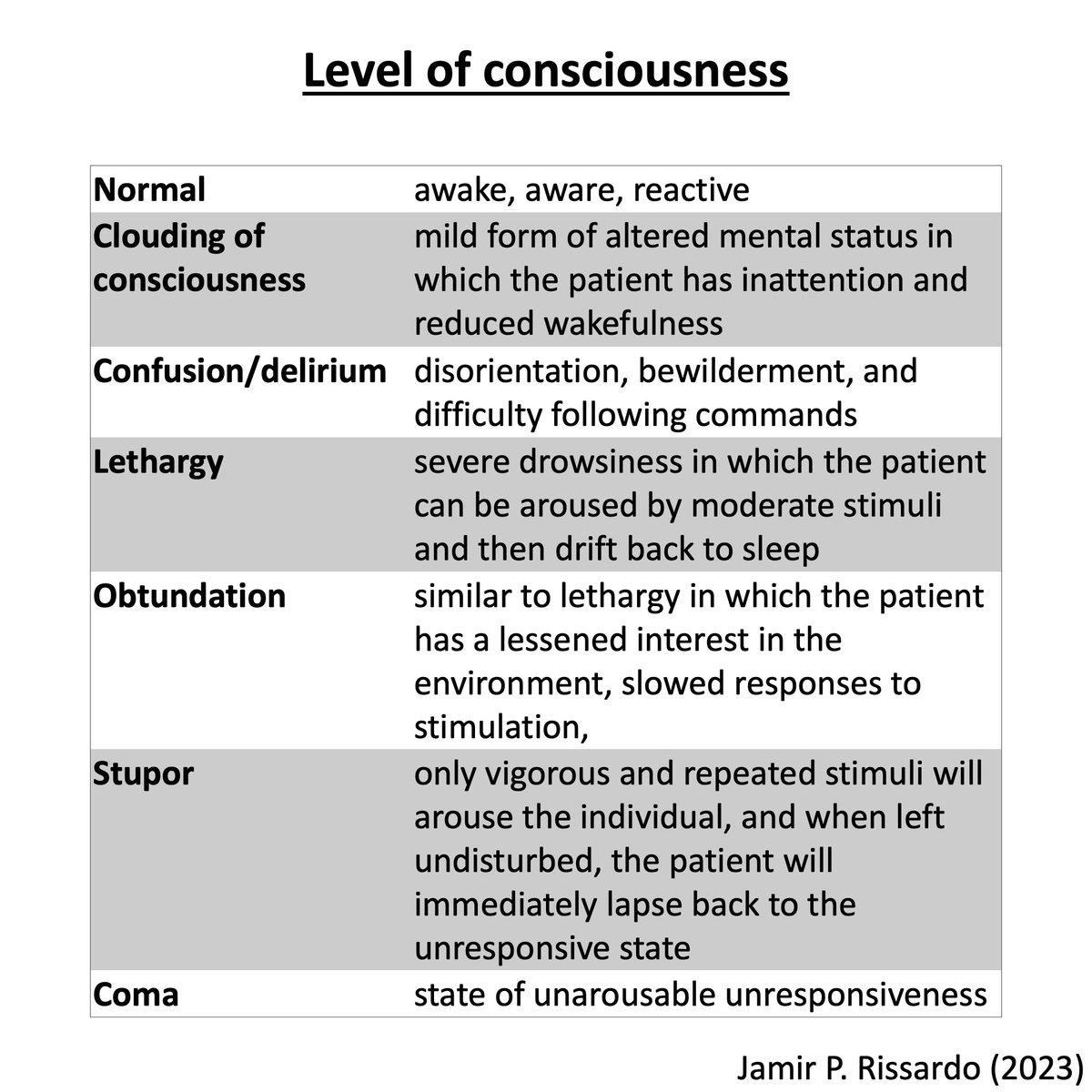Discover and read the best of Twitter Threads about #EndNeurophobia
Most recents (24)
🧠Neurology Tweetorial🧠I'm often asked about localization/diagnosis in the challenging clinical presentation MULTIPLE CRANIAL NEUROPATHIES. Here is my approach, what is yours #MedTwitter #neurotwitter @NMatch2023 @rabihmgeha @DxRxEdu @caseyalbin @AvrahamCooperMD @a_charidimou?
Multiple CNs can be caused by a STRUCTURAL lesion in
👉🏼Brainstem
👉🏼Subarachnoid space/meninges
👉🏼Skull base
👉🏼Face
👉🏼Neck
🚨 Non-Structural mimics🚨
⚡️PNS (Guillain Barre)
⚡️Motor neuron dz (bulbar ALS)
⚡️NMJ (botulism, myasthenia)
⚡️Myopathy (oculopharyngeal musc dystrophy)
👉🏼Brainstem
👉🏼Subarachnoid space/meninges
👉🏼Skull base
👉🏼Face
👉🏼Neck
🚨 Non-Structural mimics🚨
⚡️PNS (Guillain Barre)
⚡️Motor neuron dz (bulbar ALS)
⚡️NMJ (botulism, myasthenia)
⚡️Myopathy (oculopharyngeal musc dystrophy)
Diencephalon location
- around the 3rd ventricle
The cavity of the diencephalon is ----- the 3rd ventricle
All of the structures of the diencephalon are around the 3rd ventricle, so the cavity of the diencephalon is the 3rd ventricle.
2/
- around the 3rd ventricle
The cavity of the diencephalon is ----- the 3rd ventricle
All of the structures of the diencephalon are around the 3rd ventricle, so the cavity of the diencephalon is the 3rd ventricle.
2/
The Examination in Coma
“the father of modern neurological surgery”
American neurosurgeon Harvey Williams Cushing (1869–1939)
#MedTwitter #neurotwitter #EndNeurophobia #tweetorials
1/
“the father of modern neurological surgery”
American neurosurgeon Harvey Williams Cushing (1869–1939)
#MedTwitter #neurotwitter #EndNeurophobia #tweetorials
1/
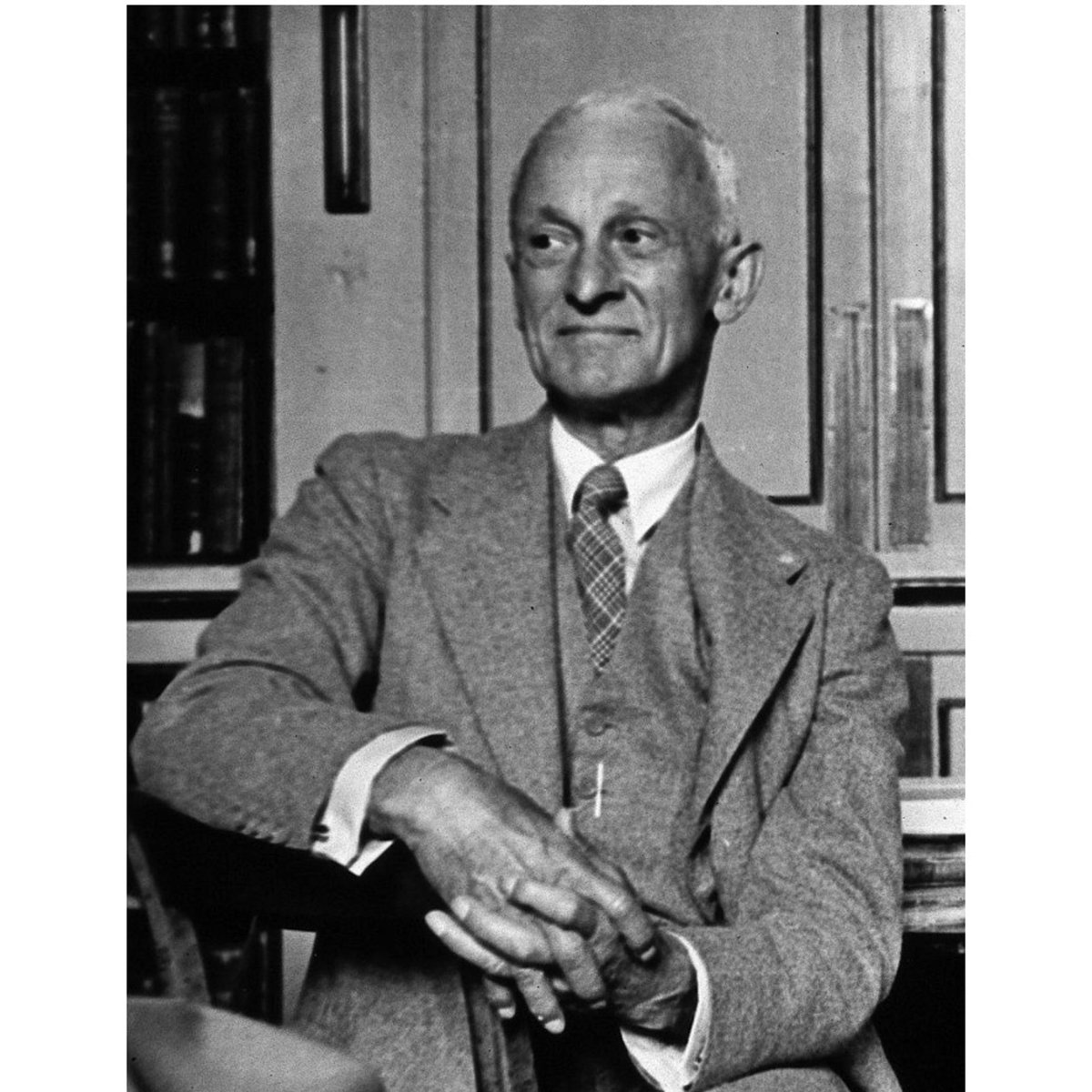
Definition
“a state of unarousable unresponsiveness”
Parts
a. level of consciousness
b. vital signs (BP & breathing pattern)
c. cranial nerves (fundoscopy + vision + brainstem)
d. motor & sensory
e. reflex
f. meningeal signs
2/
“a state of unarousable unresponsiveness”
Parts
a. level of consciousness
b. vital signs (BP & breathing pattern)
c. cranial nerves (fundoscopy + vision + brainstem)
d. motor & sensory
e. reflex
f. meningeal signs
2/
4⃣ core brain networks (there are more): expanding the localizationist approach 🧠 🥅🕸️
#Neuro #Neuroanatomy #Neurology #EndNeurophobia
#Thread
1/🧵
#Neuro #Neuroanatomy #Neurology #EndNeurophobia
#Thread
1/🧵
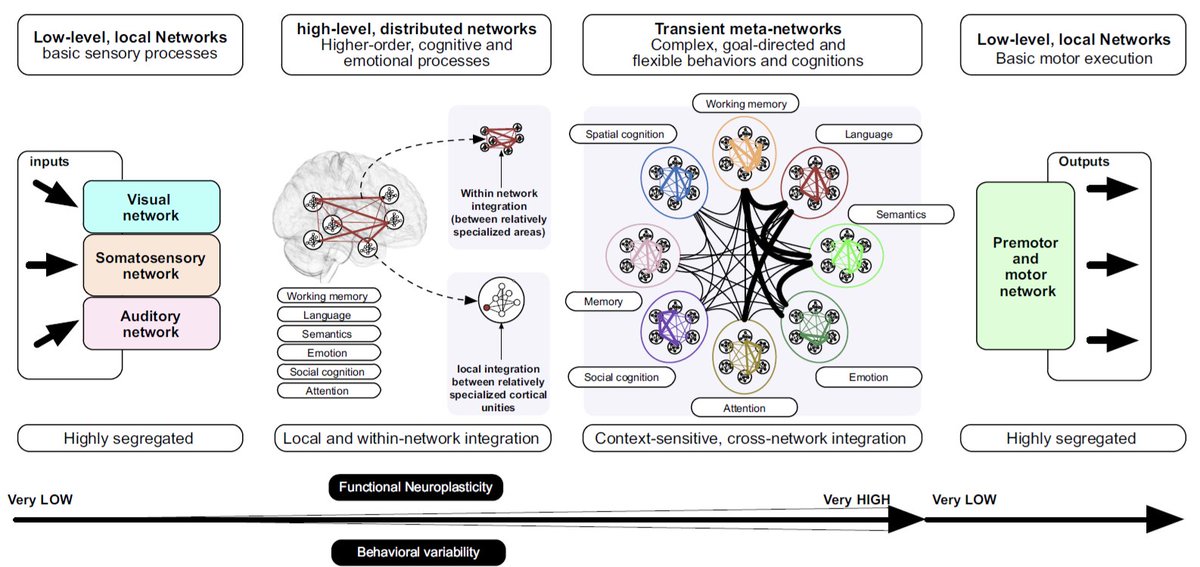
1⃣ Default mode network
🥇 Endogenously mediated activities at rest
🥈 Self-referential and social cognitive processes,
🚫Not active during external goal-oriented processes
2/🧵
🥇 Endogenously mediated activities at rest
🥈 Self-referential and social cognitive processes,
🚫Not active during external goal-oriented processes
2/🧵
1⃣ Default mode network
Components
💠 Posterior cingulate cortex
💠 Medial prefrontal cortex
💠 Precuneus
💠 Inferior parietal and medial temporal cortices
3/🧵
Components
💠 Posterior cingulate cortex
💠 Medial prefrontal cortex
💠 Precuneus
💠 Inferior parietal and medial temporal cortices
3/🧵
Drifts!!!
French neurologist Jean Alexandre Barré (1880–1967)
#MedTwitter #neurotwitter #EndNeurophobia #tweetorials
1/
French neurologist Jean Alexandre Barré (1880–1967)
#MedTwitter #neurotwitter #EndNeurophobia #tweetorials
1/
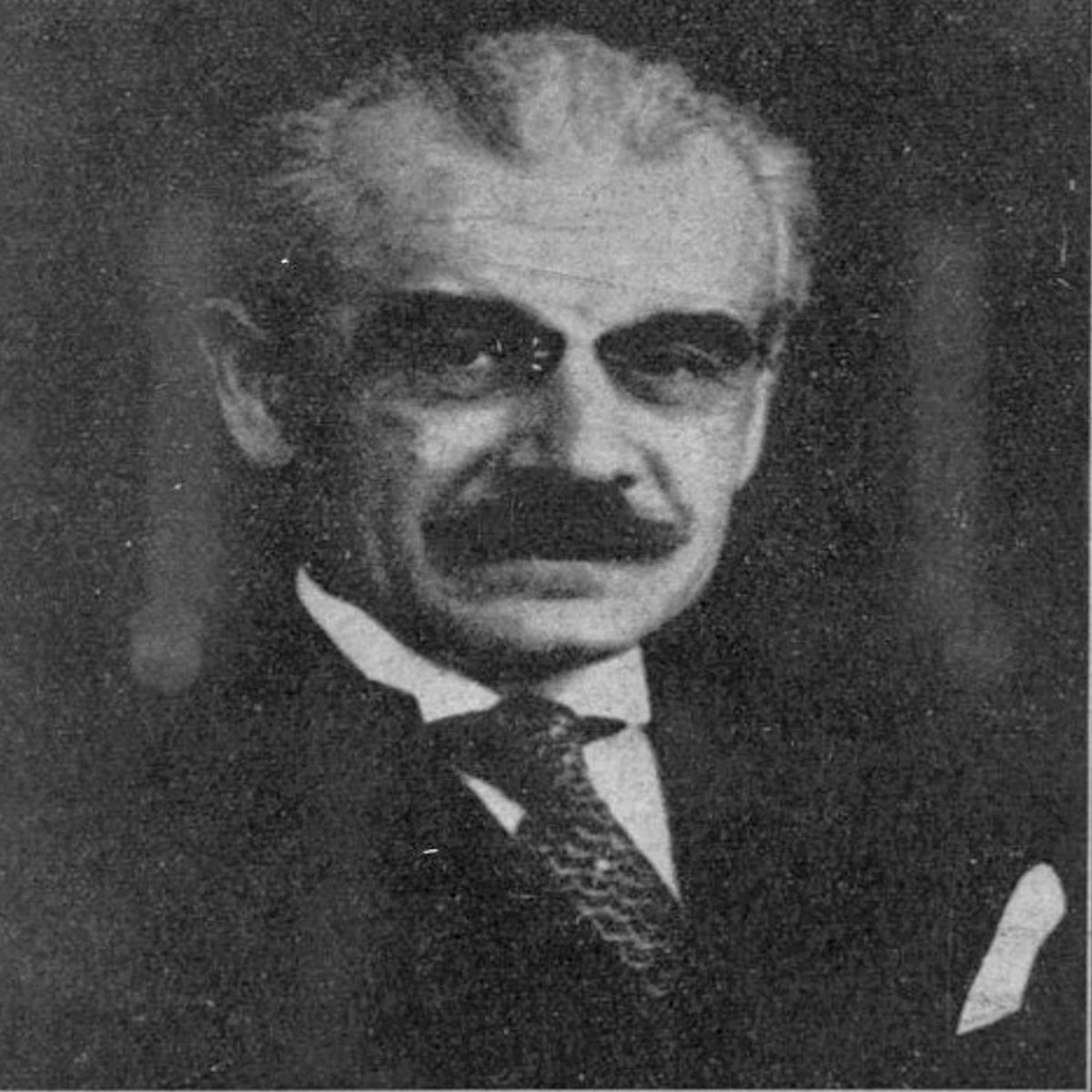
The four types of drift
“pronator, cerebellar, parietal, and functional”
- pronator drift (pyramidal drift) was the 1st to be described
- Dr. Barre was the 1st to report it
2/
“pronator, cerebellar, parietal, and functional”
- pronator drift (pyramidal drift) was the 1st to be described
- Dr. Barre was the 1st to report it
2/
Sporadic Creutzfeldt-Jakob disease: clinical variants 🧠
🥸🤓
🐄
#CJD #Neurology #EndNeurophobia #Teaching
1/🧵
⏬One of my favorite 📚 about the topic (non medical and it focuses on familial forms)
🥸🤓
🐄
#CJD #Neurology #EndNeurophobia #Teaching
1/🧵
⏬One of my favorite 📚 about the topic (non medical and it focuses on familial forms)
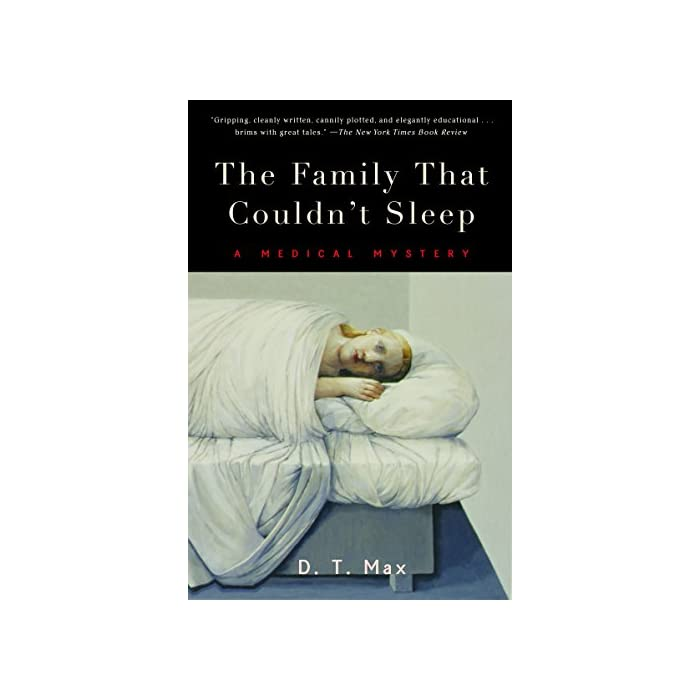
Introduction 🚨
As seen in other types of neurodegenerative disorders (AD), the main localization of the pathological process will give rise to the main symptoms.
"It's not about pathophysiology, it's about localization." 🧠🤓🥸
2/
As seen in other types of neurodegenerative disorders (AD), the main localization of the pathological process will give rise to the main symptoms.
"It's not about pathophysiology, it's about localization." 🧠🤓🥸
2/
Brachial plexus!!!
“Erb-Duchenne palsy, Erb-Charcot paralysis, Erb's point, Erb-Westphal symptom, Erb's spot”
German neurologist Wilhelm Heinrich Erb (1840–1921)
#MedTwitter #neurotwitter #EndNeurophobia #tweetorials
1/
“Erb-Duchenne palsy, Erb-Charcot paralysis, Erb's point, Erb-Westphal symptom, Erb's spot”
German neurologist Wilhelm Heinrich Erb (1840–1921)
#MedTwitter #neurotwitter #EndNeurophobia #tweetorials
1/

Components
“Ready To Drink Cold Beer”
Root (5): C5-T1
Trunk (3): upper, middle, lower
Division (6): anterior & posterior from each of the trunks
Cord (3): lateral, posterior, medial
Branch (5)
2/
“Ready To Drink Cold Beer”
Root (5): C5-T1
Trunk (3): upper, middle, lower
Division (6): anterior & posterior from each of the trunks
Cord (3): lateral, posterior, medial
Branch (5)
2/
How are roots formed?
“formed by the anterior (ventral) rami of C5 to T1 spinal nerves”
Extent
- interscalene triangle (bounded by anterior scalene and middle scalene)
3/
“formed by the anterior (ventral) rami of C5 to T1 spinal nerves”
Extent
- interscalene triangle (bounded by anterior scalene and middle scalene)
3/
Signs of tetany!!!
“Trousseau sign of malignancy, Trousseau sign of latent tetany, Trousseau–Lallemand bodie”
French internist Armand Trousseau (1801–1867)
#MedTwitter #neurotwitter #EndNeurophobia #tweetorials
1/
“Trousseau sign of malignancy, Trousseau sign of latent tetany, Trousseau–Lallemand bodie”
French internist Armand Trousseau (1801–1867)
#MedTwitter #neurotwitter #EndNeurophobia #tweetorials
1/

Definition
Tetanus
- it is different disease w/ different pathology
Tetanic contractions (physiologic tetanus)
- broad range of muscle contraction types
Tetany
- a type of tetanic contraction
2/
Tetanus
- it is different disease w/ different pathology
Tetanic contractions (physiologic tetanus)
- broad range of muscle contraction types
Tetany
- a type of tetanic contraction
2/
Clinical manifestations of tetany
“spasm and tonic contractions of the skeletal muscles, principally the distal muscles of the extremities”
3/
“spasm and tonic contractions of the skeletal muscles, principally the distal muscles of the extremities”
3/
Meningeal signs
“Brudziński neck sign, Brudziński symphyseal sign, Brudziński cheek sign, Brudzinski's reflex”
Polish pediatrician Józef Polikarp Brudziński (1874–1917)
#MedTwitter #neurotwitter #EndNeurophobia #tweetorials
1/
“Brudziński neck sign, Brudziński symphyseal sign, Brudziński cheek sign, Brudzinski's reflex”
Polish pediatrician Józef Polikarp Brudziński (1874–1917)
#MedTwitter #neurotwitter #EndNeurophobia #tweetorials
1/

Definitions
Meningitis
-inflammation of leptomeninges & underlying subarachnoid CSF
Meningismus
-morbid state characterized by meningitic syndrome (triad: headache, photophobia, nuchal rigidity)
Meningism
-synonymous of meningismus
-neck stiffness w/o meningeal inflammation
2/
Meningitis
-inflammation of leptomeninges & underlying subarachnoid CSF
Meningismus
-morbid state characterized by meningitic syndrome (triad: headache, photophobia, nuchal rigidity)
Meningism
-synonymous of meningismus
-neck stiffness w/o meningeal inflammation
2/
Mechanism
“maneuvers used to elicit meningeal signs produce tension on inflamed and hypersensitive spinal nerve roots, and the resulting signs are postures, protective muscle contractions, or other movements that minimize the stretch and distortion of the meninges and roots”
3/
“maneuvers used to elicit meningeal signs produce tension on inflamed and hypersensitive spinal nerve roots, and the resulting signs are postures, protective muscle contractions, or other movements that minimize the stretch and distortion of the meninges and roots”
3/
Autonomous Sensory Zones
(peripheral nerves)
Median nerve illustration by Guttmann (1939)
#MedTwitter #neurotwitter #EndNeurophobia #tweetorials
1/
(peripheral nerves)
Median nerve illustration by Guttmann (1939)
#MedTwitter #neurotwitter #EndNeurophobia #tweetorials
1/

Definition
“regions where single nerve roots supply distinct and non-overlapping areas of skin”
- small portion of dermatome
- few nerve roots have such autonomous zones
- great variability
2/
“regions where single nerve roots supply distinct and non-overlapping areas of skin”
- small portion of dermatome
- few nerve roots have such autonomous zones
- great variability
2/
Inverted & Perverted Reflexes
The first description of the paradoxical (inverted) triceps reflex
French neurologist Alexandre-Achille Souques (1860–1944)
#MedTwitter #neurotwitter #EndNeurophobia #tweetorials
1/
The first description of the paradoxical (inverted) triceps reflex
French neurologist Alexandre-Achille Souques (1860–1944)
#MedTwitter #neurotwitter #EndNeurophobia #tweetorials
1/
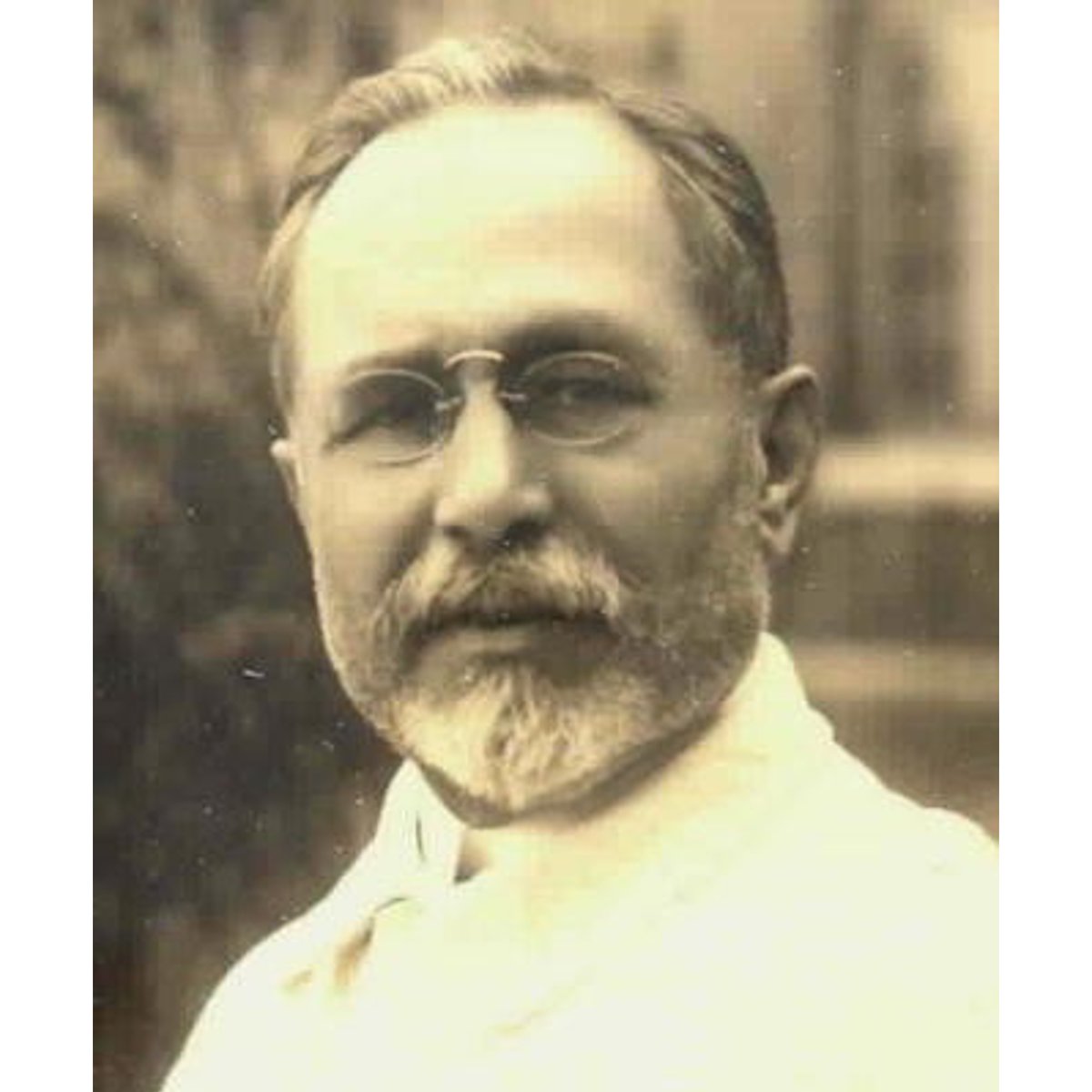
Definition
“elicitation of the movement opposite to that normally seen when the reflex is elicited”
2/
“elicitation of the movement opposite to that normally seen when the reflex is elicited”
2/
Mechanism
“a lesions simultaneously affecting the roots and spinal cord”
Damaged root
- interrupt local reflex
- absence of contraction
Damaged spinal cord
- interrupt corticospinal tract
- hyperactive response of the lower spinal segment
3/
“a lesions simultaneously affecting the roots and spinal cord”
Damaged root
- interrupt local reflex
- absence of contraction
Damaged spinal cord
- interrupt corticospinal tract
- hyperactive response of the lower spinal segment
3/
Myotonic disorders!
“after a fright, or in an unexpected joyous movement, this convulsive constriction occurs in all limbs…the victim can not stand upright”
Prussian physician Asmus Julius Thomas Thomsen (1815–1896)
#MedTwitter #neurotwitter #EndNeurophobia #tweetorials
1/
“after a fright, or in an unexpected joyous movement, this convulsive constriction occurs in all limbs…the victim can not stand upright”
Prussian physician Asmus Julius Thomas Thomsen (1815–1896)
#MedTwitter #neurotwitter #EndNeurophobia #tweetorials
1/
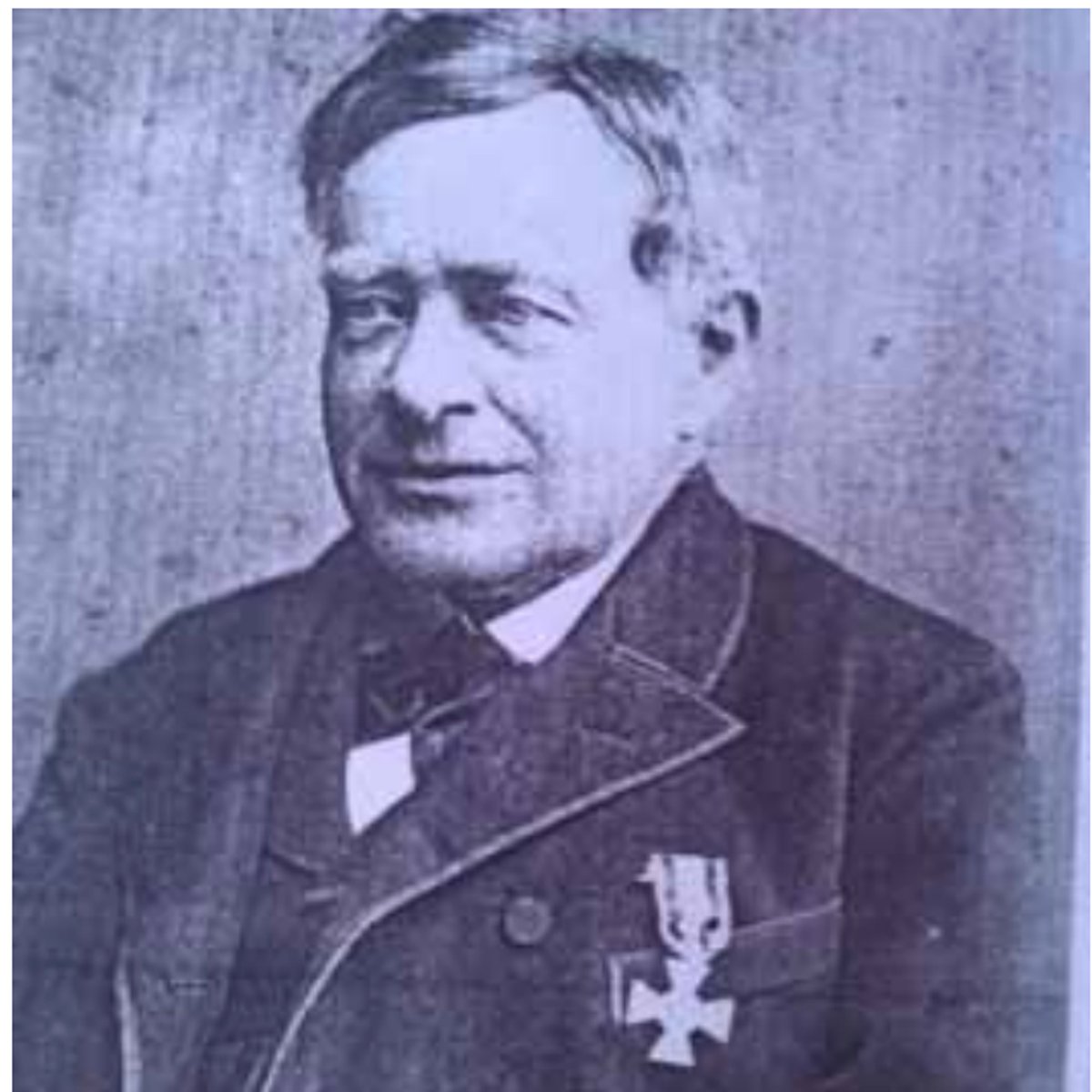
Definition
“difficulty in relaxation of a muscle after maximum voluntary contraction”
It can be specifically
- aggravated by conditions
- affecting regions of the body
- triggered
2/
“difficulty in relaxation of a muscle after maximum voluntary contraction”
It can be specifically
- aggravated by conditions
- affecting regions of the body
- triggered
2/
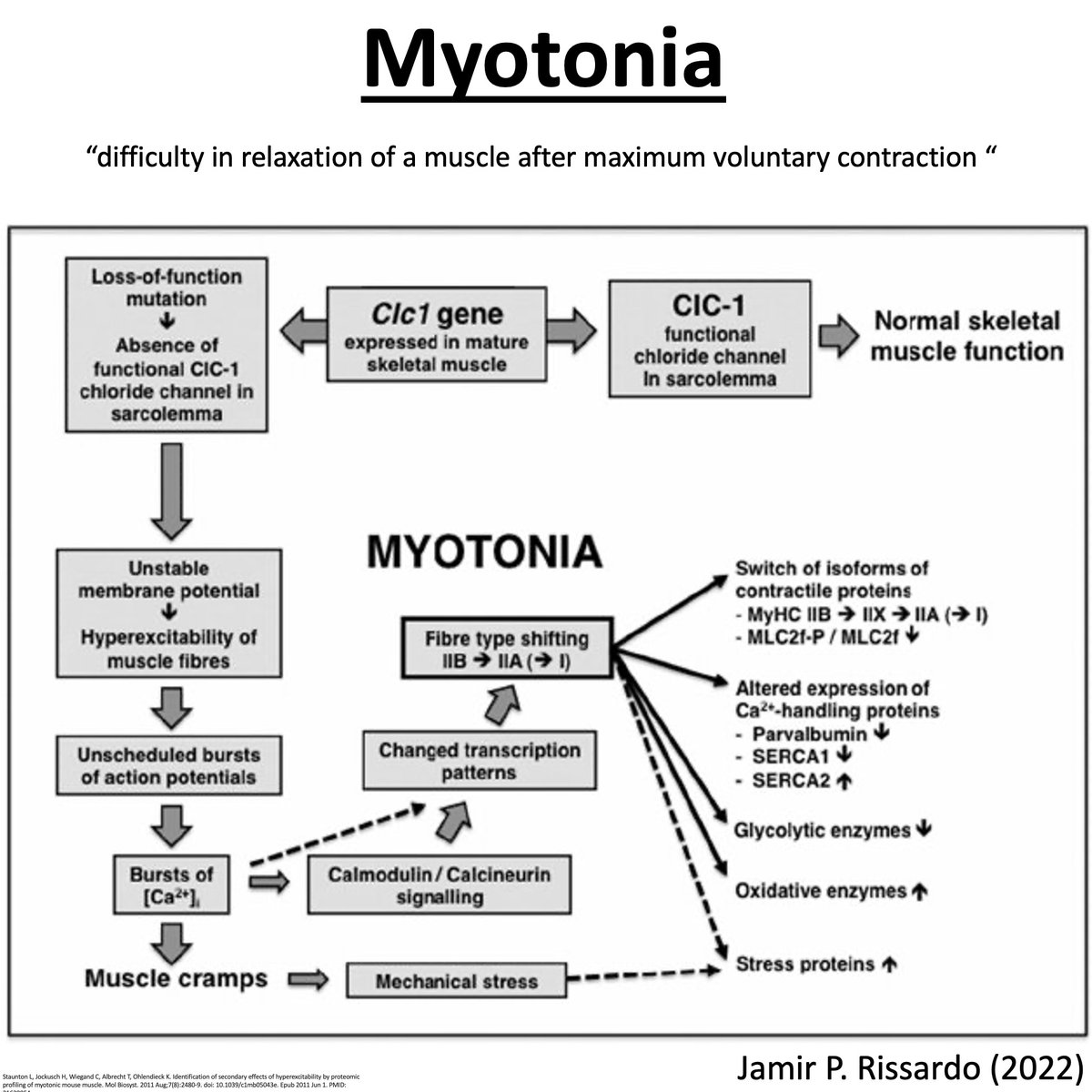
Myotonic or Tennessee fainting goat
“important in history due to role of chloride channel in muscle excitation”
- 1880s, Marshall County
- CLCN1 gene
via: jimmywan87
3/
“important in history due to role of chloride channel in muscle excitation”
- 1880s, Marshall County
- CLCN1 gene
via: jimmywan87
3/
Dermatome!!!
“Dermatomal man, early twentieth century”
University of Edinburgh Image Collections
#MedTwitter #neurotwitter #EndNeurophobia #tweetorials
1/
“Dermatomal man, early twentieth century”
University of Edinburgh Image Collections
#MedTwitter #neurotwitter #EndNeurophobia #tweetorials
1/

History
“dermatomal charts are primarily derived from 3 sources”
Head & Campbell
-herpetic eruptions
Foerster
-rhizotomy in chronic pain
-dermatomal overlap
Keegan & Garrett
-various diseases
-exam & surgical correlate: 53%
American neurosurgeon John Jay Keegan(1889-1978)
2/
“dermatomal charts are primarily derived from 3 sources”
Head & Campbell
-herpetic eruptions
Foerster
-rhizotomy in chronic pain
-dermatomal overlap
Keegan & Garrett
-various diseases
-exam & surgical correlate: 53%
American neurosurgeon John Jay Keegan(1889-1978)
2/

Definition
“area of skin in which sensory nerve derive from a single spinal nerve root”
- 31 spine segments
8C + 12T + 5L + 5S + 1 coccygeal
- dermatomes exist for each spinal nerve, except C1
3/
“area of skin in which sensory nerve derive from a single spinal nerve root”
- 31 spine segments
8C + 12T + 5L + 5S + 1 coccygeal
- dermatomes exist for each spinal nerve, except C1
3/
Hereditary Ataxias!!!
Spinocerebellar ataxias (SCA)
“SCA1 …. the unstable CAG trinucleotide repeat expansion”
American geneticist Harry T. Orr
#MedTwitter #neurotwitter #EndNeurophobia #tweetorials
1/
Spinocerebellar ataxias (SCA)
“SCA1 …. the unstable CAG trinucleotide repeat expansion”
American geneticist Harry T. Orr
#MedTwitter #neurotwitter #EndNeurophobia #tweetorials
1/

SCA definition
“complex group of heterogeneous degenerative diseases of the cerebellum and its connections”
2/
“complex group of heterogeneous degenerative diseases of the cerebellum and its connections”
2/
Dancing larynx!!!
“a variant of palatal tremor?”
British neurologist Anette-Eleonore Schrag
1999, first description
@UCLIoN
#MedTwitter #neurotwitter #EndNeurophobia #tweetorials
1/
“a variant of palatal tremor?”
British neurologist Anette-Eleonore Schrag
1999, first description
@UCLIoN
#MedTwitter #neurotwitter #EndNeurophobia #tweetorials
1/

Definition
“rhythmic vertical laryngeal cage movements of varying frequency with synchronous movements of the tongue, posterior pharynx, and the palatopharyngeal arch”
- not affecting uvula
2/
“rhythmic vertical laryngeal cage movements of varying frequency with synchronous movements of the tongue, posterior pharynx, and the palatopharyngeal arch”
- not affecting uvula
2/

Pathophysiology
Variant of palatal tremor
- oscillatory firing of neurons in the inferior olives
Functional
3/
Variant of palatal tremor
- oscillatory firing of neurons in the inferior olives
Functional
3/
Rabbit syndrome!!!
“a peculiar extrapyramidal reaction”
Canadian psychiatrist André Villeneuve
1972, the first report
#MedTwitter #neurotwitter #EndNeurophobia #tweetorials
1/
“a peculiar extrapyramidal reaction”
Canadian psychiatrist André Villeneuve
1972, the first report
#MedTwitter #neurotwitter #EndNeurophobia #tweetorials
1/

Definition
“stereotyped vertical, rhythmic movements, similar to the chewing movements of a rabbit”
5 Hz
Lips produce a popping sound
Not tardive dyskinesia!
- persist stage I sleep
2/
“stereotyped vertical, rhythmic movements, similar to the chewing movements of a rabbit”
5 Hz
Lips produce a popping sound
Not tardive dyskinesia!
- persist stage I sleep
2/

Pathophysiology
- cholinergic system?
3/
- cholinergic system?
3/
Belly Dancer's Dyskinesia!!!
“first described by Antonie van Leeuwenhoek in 1723 when he himself experienced the symptoms”
#MedTwitter #neurotwitter #EndNeurophobia #tweetorials
1/
“first described by Antonie van Leeuwenhoek in 1723 when he himself experienced the symptoms”
#MedTwitter #neurotwitter #EndNeurophobia #tweetorials
1/

Definition
“rhythmic, involuntary contractions of the diaphragm resulting in undulating, rhythmic movements of the abdomen resembling a belly dance”
-bilateral, most freq
-limited to axial musculature
-sometimes painful
-no suppress on breath holding
-150 contraction/min
2/
“rhythmic, involuntary contractions of the diaphragm resulting in undulating, rhythmic movements of the abdomen resembling a belly dance”
-bilateral, most freq
-limited to axial musculature
-sometimes painful
-no suppress on breath holding
-150 contraction/min
2/

History
1723, Leeuwenhoek
- 1st report
- diaphragmatic flutter
1976, Nichols
- 1st report
- abdominal wall dyskinesia
- phrenic palsy in a newborn
1990, Iliceto
≠ diaphragmatic flutter
3/
1723, Leeuwenhoek
- 1st report
- diaphragmatic flutter
1976, Nichols
- 1st report
- abdominal wall dyskinesia
- phrenic palsy in a newborn
1990, Iliceto
≠ diaphragmatic flutter
3/
Jack-in-the-box tongue!!!
“The English Hippocrates”
English physician Thomas Sydenham (1624 – 1689)
discovered Sydenham's chorea
#MedTwitter #neurotwitter #EndNeurophobia #tweetorials
1/
“The English Hippocrates”
English physician Thomas Sydenham (1624 – 1689)
discovered Sydenham's chorea
#MedTwitter #neurotwitter #EndNeurophobia #tweetorials
1/
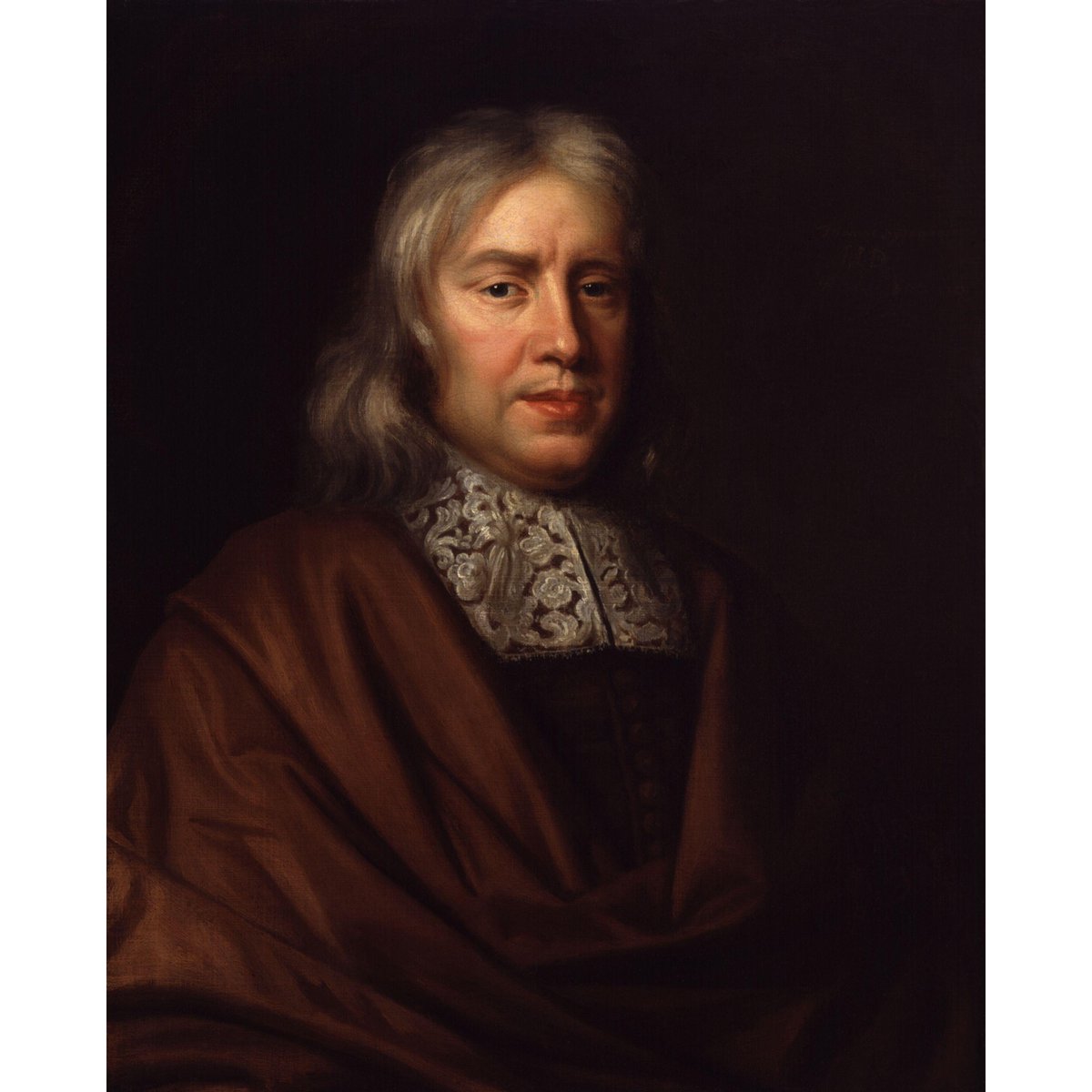
Pathophysiology
“combination of chorea & motor impersistence”
2/
“combination of chorea & motor impersistence”
2/
Milkmaid’s grip!!!
“motor impersistence of the hand”
Philippus Aureolus Theophrastus Paracelsus Bombastus von Hohenheim (1493–1541)
(Paracelsus)
first coined the term Chorea Sancti Viti
#MedTwitter #neurotwitter #EndNeurophobia #tweetorials
1/
“motor impersistence of the hand”
Philippus Aureolus Theophrastus Paracelsus Bombastus von Hohenheim (1493–1541)
(Paracelsus)
first coined the term Chorea Sancti Viti
#MedTwitter #neurotwitter #EndNeurophobia #tweetorials
1/

Pathophysiology
“combination of chorea & motor impersistence”
Motor impersistence
- inability to maintain tetanic muscle contraction
- positioning & compensatory repositioning
- independent of chorea
- linearly progressive (marker of disease severity?)
- frontal lobe
2/
“combination of chorea & motor impersistence”
Motor impersistence
- inability to maintain tetanic muscle contraction
- positioning & compensatory repositioning
- independent of chorea
- linearly progressive (marker of disease severity?)
- frontal lobe
2/

Examples of motor impersistence
- Milkmaid’s grip
- inability to maintain eye closure
- ‘Jack in the box’ tongue
3/
- Milkmaid’s grip
- inability to maintain eye closure
- ‘Jack in the box’ tongue
3/
Glabellar reflex (Myerson's sign)!!!
"the preliminary note on a new cranial reflex"
British doctor Walker Overend (1858–1926)
#MedTwitter #neurotwitter #EndNeurophobia #tweetorials
1/
"the preliminary note on a new cranial reflex"
British doctor Walker Overend (1858–1926)
#MedTwitter #neurotwitter #EndNeurophobia #tweetorials
1/

Wing-beating tremor!!!
“pseudosclerotic, parkinsonism, and dystonic/choreic forms of Wilson’s disease”
American-born British neurologist Samuel Alexander Kinnier Wilson (1878–1937)
#MedTwitter #neurotwitter #EndNeurophobia #tweetorials
1/
“pseudosclerotic, parkinsonism, and dystonic/choreic forms of Wilson’s disease”
American-born British neurologist Samuel Alexander Kinnier Wilson (1878–1937)
#MedTwitter #neurotwitter #EndNeurophobia #tweetorials
1/

Pathophysiology
“lesion in the dentatorubrothalamic pathway”
- cerebellar outflow pathway
Complex phenomenology
- dystonic, myoclonic, rhythmic tremor?
2/
“lesion in the dentatorubrothalamic pathway”
- cerebellar outflow pathway
Complex phenomenology
- dystonic, myoclonic, rhythmic tremor?
2/
Nystagmus series – Part VII
(seesaw & hemi-seesaw nystagmus)
“Maddox rod, double prism Maddox, red glass Maddox, Maddox cross, and Maddox wing”
British ophthalmologist Ernest Edmund Maddox (1863–1933)
(first report)
#MedTwitter #neurotwitter #EndNeurophobia #tweetorials
1/
(seesaw & hemi-seesaw nystagmus)
“Maddox rod, double prism Maddox, red glass Maddox, Maddox cross, and Maddox wing”
British ophthalmologist Ernest Edmund Maddox (1863–1933)
(first report)
#MedTwitter #neurotwitter #EndNeurophobia #tweetorials
1/

Head retraction reflex!!!
“the great neurologist and neurosurgeon from Breslau (Wrocław)”
German neurologist and neurosurgeon Otfrid Foerster (1873–1941)
#MedTwitter #neurotwitter #EndNeurophobia #tweetorials
1/
“the great neurologist and neurosurgeon from Breslau (Wrocław)”
German neurologist and neurosurgeon Otfrid Foerster (1873–1941)
#MedTwitter #neurotwitter #EndNeurophobia #tweetorials
1/

Corneomandibular reflex!!!
“there is hardly a more valuable test than this to uncover a supranuclear lesion of the trigeminal nerve”
Russian neurologist Robert Wartenberg (1887–1956)
#MedTwitter #neurotwitter #EndNeurophobia #tweetorials
1/
“there is hardly a more valuable test than this to uncover a supranuclear lesion of the trigeminal nerve”
Russian neurologist Robert Wartenberg (1887–1956)
#MedTwitter #neurotwitter #EndNeurophobia #tweetorials
1/

History
1902 by German doctor Von Sölder
- first description, normal patients
1918 by German neurologist Ernst Trömner
- rediscovered the reflex
1948 by Russian neurologist Robert Wartenberg
- complete description
- ‘jaw wincking phenomenon’
2/
1902 by German doctor Von Sölder
- first description, normal patients
1918 by German neurologist Ernst Trömner
- rediscovered the reflex
1948 by Russian neurologist Robert Wartenberg
- complete description
- ‘jaw wincking phenomenon’
2/

Pathophysiology
Mesencephalic trigeminal nucleus
- there is an inhibitory interneuron ipsilateral motor nucleus of V CN
Lesions in cortico-pontine boundaries lesions
- inhibitory influence disappear
- massive activation of trigeminal motor neuron
doi.org/10.4103%2F0976…
3/
Mesencephalic trigeminal nucleus
- there is an inhibitory interneuron ipsilateral motor nucleus of V CN
Lesions in cortico-pontine boundaries lesions
- inhibitory influence disappear
- massive activation of trigeminal motor neuron
doi.org/10.4103%2F0976…
3/


